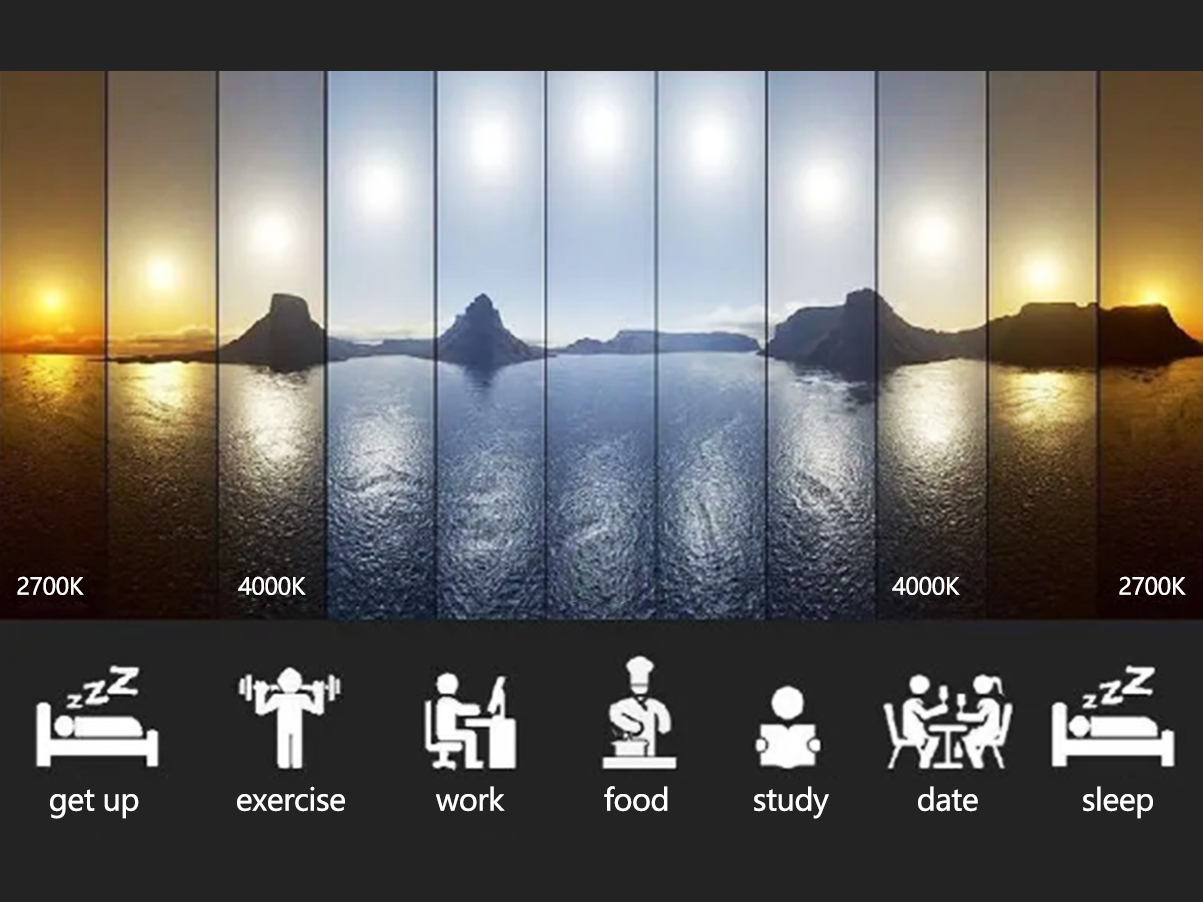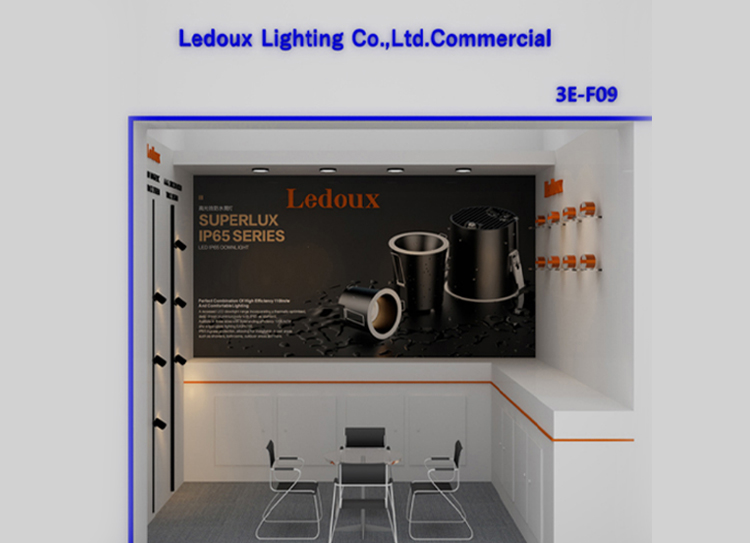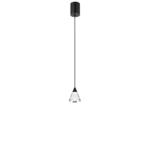Lighting temperature expressed in Kelvin(K). A lower Kelvin value corresponds to a warm and yellow light, whereas a higher Kelvin indicates a colder and brighter light.
We usually call light temperature as color temperature, a commonly use feature for different light source. Base on this parameter, you can choose the most suitable light source for your spaces.
What difference among warm, neutral and cold light?
| Kelvin | Color tones | |
| Warm light | 2700K~3500K | red, yellow, orange, white |
| Neutral light | 3500K~5300K | Tending to white |
| Cold light | >5300K | Tending to cyan and blue |
As we can see the parameter for Kelvin and color tones are difference between warm, neutral, and cold lights.
How to choose the ideal color temperature for your space?
We can pick the LED sources from a wide options over color temperature to create spaces which comfortable and illuminated according to the specific needs, using a colder or warmer LED lighting.
For example
If you want to have a warm white, you can choose the color temperature 2700K LED lamps;
If you want to have a white with yellow tones, you can choose the color temperature 3000K LED lamps;
If you want to have a cold color temperature, you can choose 4000K LED lamps.
Of course, the most suitable light temperature should be depending on the light source space, and it also depends on personal taste, here are some suggestion for you how to select the right color temperature for the different rooms in a house.
Living room – The ideal lighting for the living room is a warm white, with a color temperature lower than 3300K. This color temperature is ideal to create a decorative lighting, ideal for a romantic dinner or to design domestic spaces which are cozy and relaxing. Here you can watch TV, read or entertain guests, this is why a warm light is the best choice, even if it should be chosen with an intensity which is not too strong. In order to have the maximum flexibility, a great option are dimmable lamps, which allow to regulate the light intensity to fit different needs during the day.
Kitchen – The kitchen is the space destined to food preparation, therefore it will be frequently utilized. To ensure a correct lighting, the color temperature to select is also in this case a warm one, optimal to relax and stimulate appetite for food. The best solution is to install a central pendant light, whereas in the areas where additional concentration is required, we recommend using a neutral or cold light, for example installing some LED spotlights like our cosy series, featuring a minimal design and unique charm, perfect to illuminate in every direction.
Bedroom – In the bedroom the goal is to create a relaxing, enjoyable and cozy environment, this is why we will use warm lights between 2700K and 3000K, which have undoubtedly the most relaxing tones. In order to fulfill different lighting needs, we can install multiple lamps like pendants, wall sconces, table lamps, floor lamps and ceiling lamps. One great possibility are integrated LED lamps, which are offering additional advantages, compared to a traditional halogen or incandescence bulb, first of all due to their lower energy consumption, but also for their increased efficiency and duration.
Bathroom – As far as bathroom lighting is concerned, both warm and cold light can be a good choice, depending on the style of the room. Generally speaking, however, the most recommended color temperature is the cold one, ideal to transmit a sense of impeccable hygiene and cleanliness. Even for the bathroom, installing multiple lighting points will ensure the optimal lighting for every use.
















